Explore the functionality of the latest version of Allplan 2022 | Architecture | Engineering | Construction
ARCHITECTURE
Architecture Data Exchange & Rendering
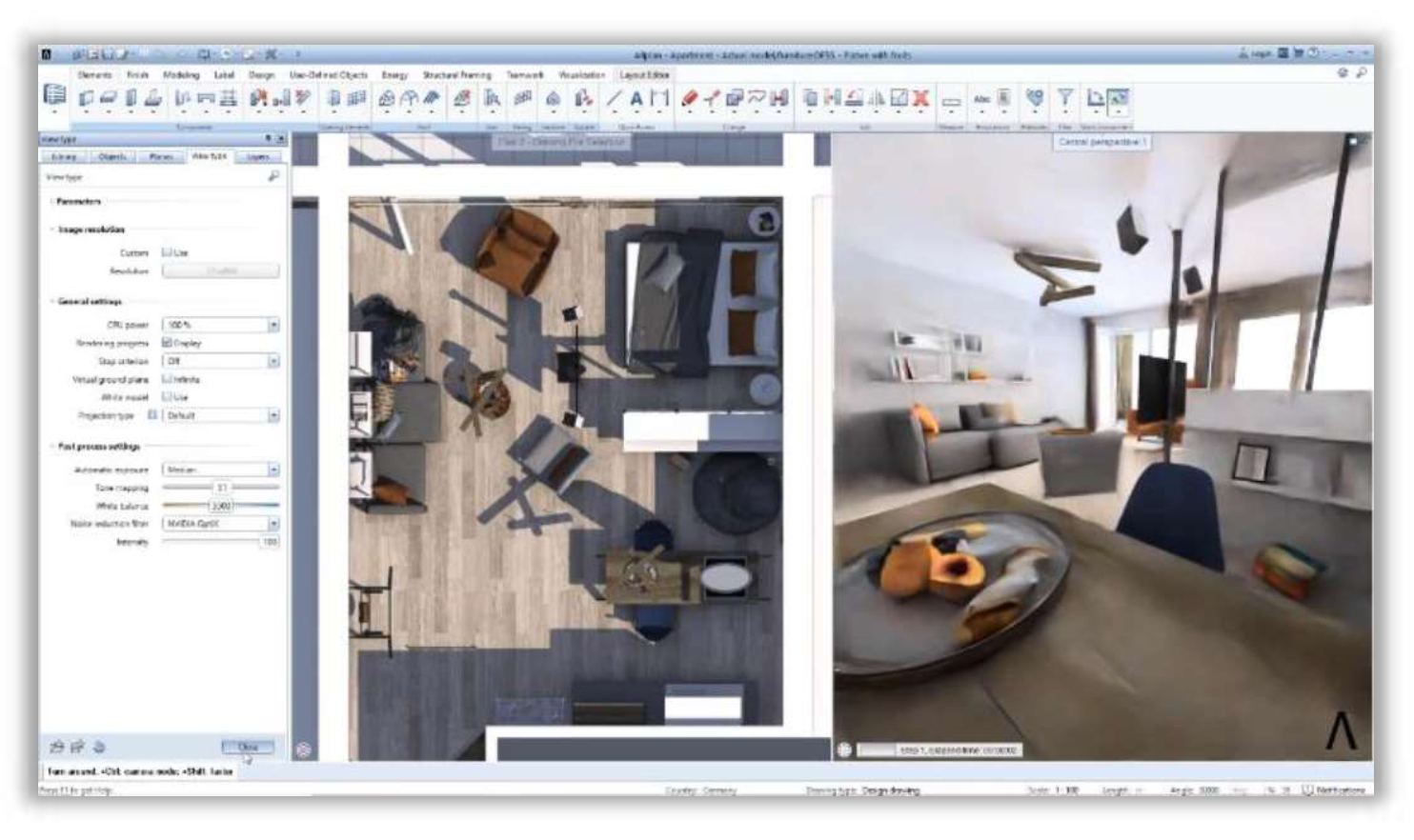
The popularity of SketchUp SKP and OBJ format gives them a serious relevance as exchange file formats for various applications. Many companies and manufacturers offer their products in these 3D formats, therefore users expect a smooth workflow to use such content with minimum effort. Allplan supports the import of OBJ and SKP files and includes UV mapping with surfaces. This provides an exchange possibility with surveying solutions (for example Zephyr and Reality capture) to import cloud meshes into Allplan. Creating high quality renderings of detailed scenes is time consuming. By allowing users to iterate their creative decisions quickly they can achieve their final appearance much faster. Through supporting NVIDIA OptiX denoiser for RT render, we dramatically speed up the rendering process. OptiX uses GPU-accelerated artificial intelligence to reduce the time to render a high-fidelity image that is visually noiseless. In Allplan, OptiX is available as additional Noise filtering option in RT render settings.
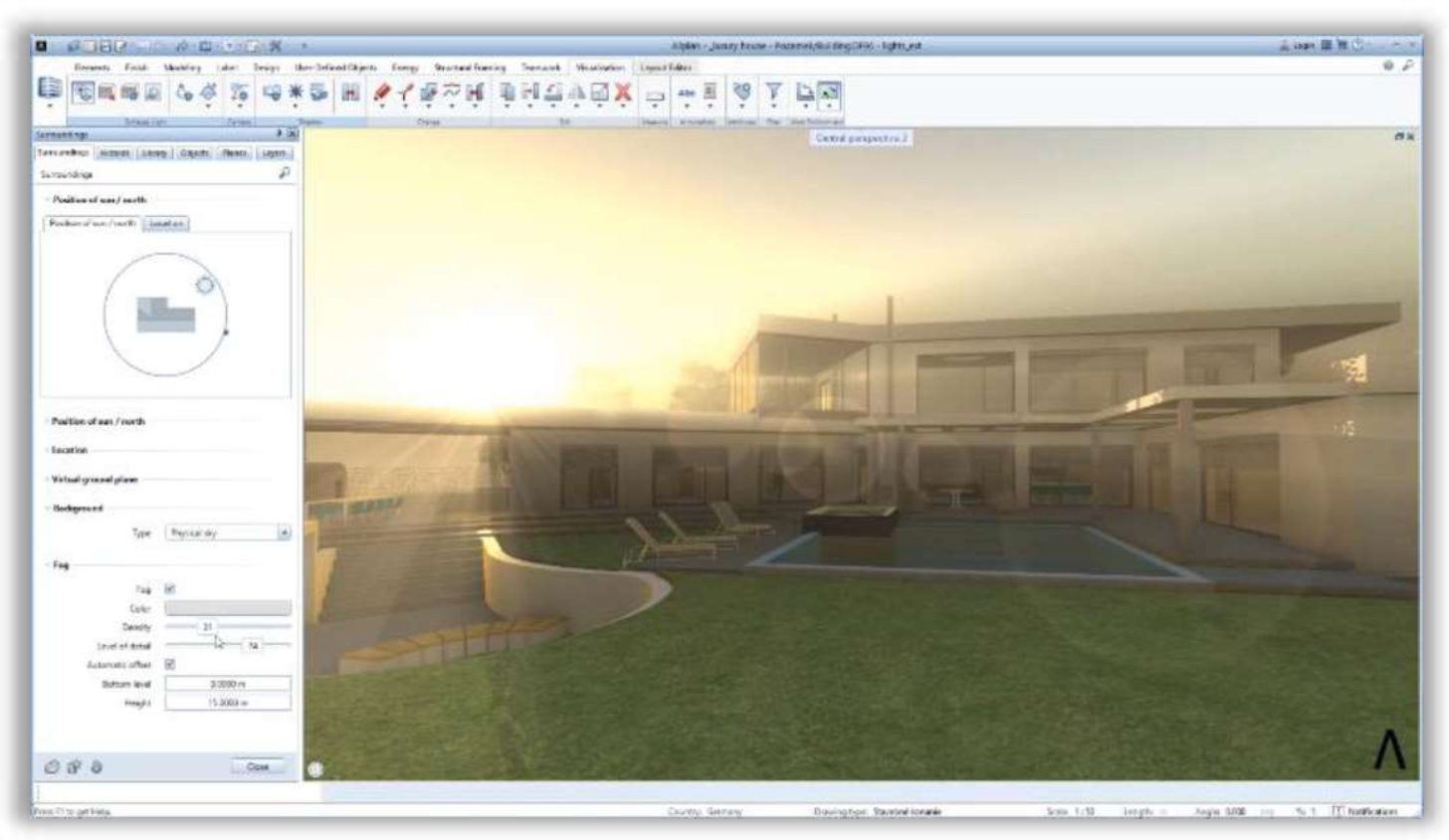
Visualization improvements
Everyone is used to great graphics, for example in movies, computer games, or renderings. For designers this means that they can fully emerge team members and clients in their design and share their vison. Many BIM solutions do not utilize graphics cards to their full potential. Implementing a state-of-the-art 3D graphics technology called Vulkan, we offer higher performance and a more balanced CPU/GPU usage. With Vulkan we achieve interactive, high-quality visualizations and impressive post processing effects such as lens flare, bloom effect and display realistic volumetric fog.
Improvements for sketch hidden and movie creation
Thanks to the newly integrated Vulkan technology, several improvements (lights and shadows) have also been introduced to hidden and sketch view types. Now all view types can be used to create videos.
ENGINEERING

Reinforcement – Shape Code Manager
In many projects, predefined shape codes are expected for the reporting of the quantities of the created reinforcement. Allplan already offered a wide range of options for adapting reinforcement detailing to countryspecific requirements with around thirty different rebar standards. With the new Shape Code Manager, international projects, or projects with high requirements for bending shapes can be optimally implemented. The existing shape codes are evaluated by the Shape Code Manager, which can be adapted to your own office or project standard.
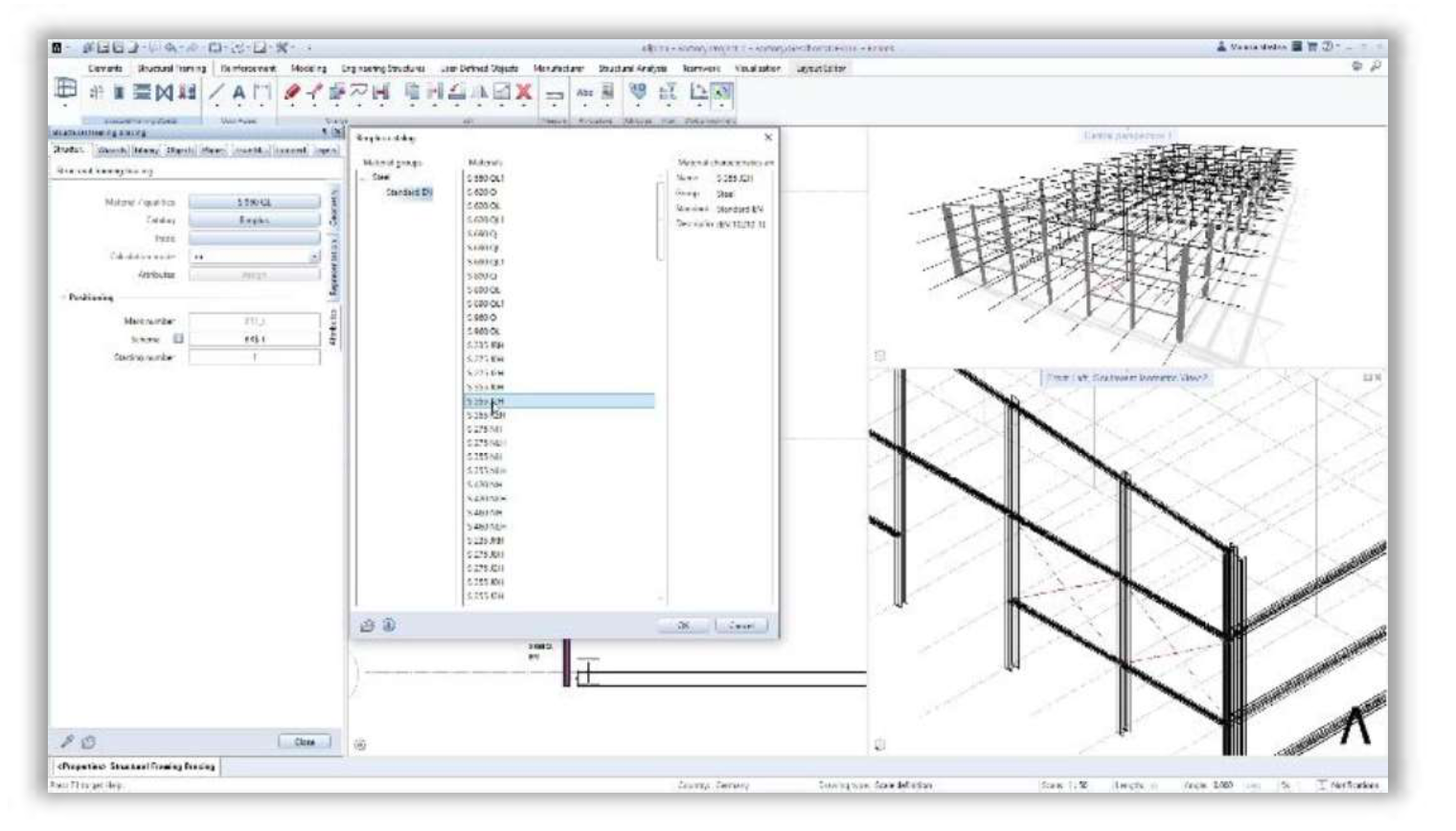
Structural Framing Improved workflows
Steel construction is often handled in a hybrid way: some parts are prefabricated; some are finalized on site. Supporting prefabrication methods means supporting a high LOD. With the new Bimplus cloud-based material catalog and an intelligent mark numbering system, engineers can track their model adequately. Additionally, a new structural framing element „brace” has beeen introduced to suport IFC compliant modeling.

Structural Framing Connection Toolbox
Receiving a model with the design intent form an Architect only defines the bigger components but often does not consider the connection design. This is done by Engineers considering the buildability of a design. Achieving this high level of detail (LOD) is crucial for an error free site implementation and it also supports the usage of prefabrication methods. In steel design it is common to define the connections as early as possible so that specific work can be already achieved in the shop. With the Connection Toolbox it is easily possible to create end plates, cleats, bolts and welds for Structural Framing Elements.
INFRASTRUCTURE
A parametric road solution!
With the new Allplan Road terrain and road modeler, we want to provide a high functional, high performant but easy-to-use solution. Our goal was to be able to model complex cross-section geometries and make project changes at any time throughout the design process. Despite the ability to model geometrically complex road structures, we have placed particular emphasis on a high level of user-friendliness in terms of a clear input interface and intuitive workflows. Road Terrain (By Michael Grad) For building up a road it is necessary to first create an axis to be the basic structure. An axis is created on top of a terrain surface model. With the new terrain surface module, we support the import of point lists, LandXML and REB. In addition, Allplan DTMs can be converted and taken over easily. This feature allows processing of DXF or DWG surface data. With the new terrain surface module, large point clouds can be imported, simplified, and subsequently displayed. Due to the simplification by reducing the number of terrain points or the surface area, the performance for model visualization is increased. Despite the simplification for a high performance, the calculation precision of the road model is not affected. Furthermore, the surface can be adjusted with additional terrain points and break lines.
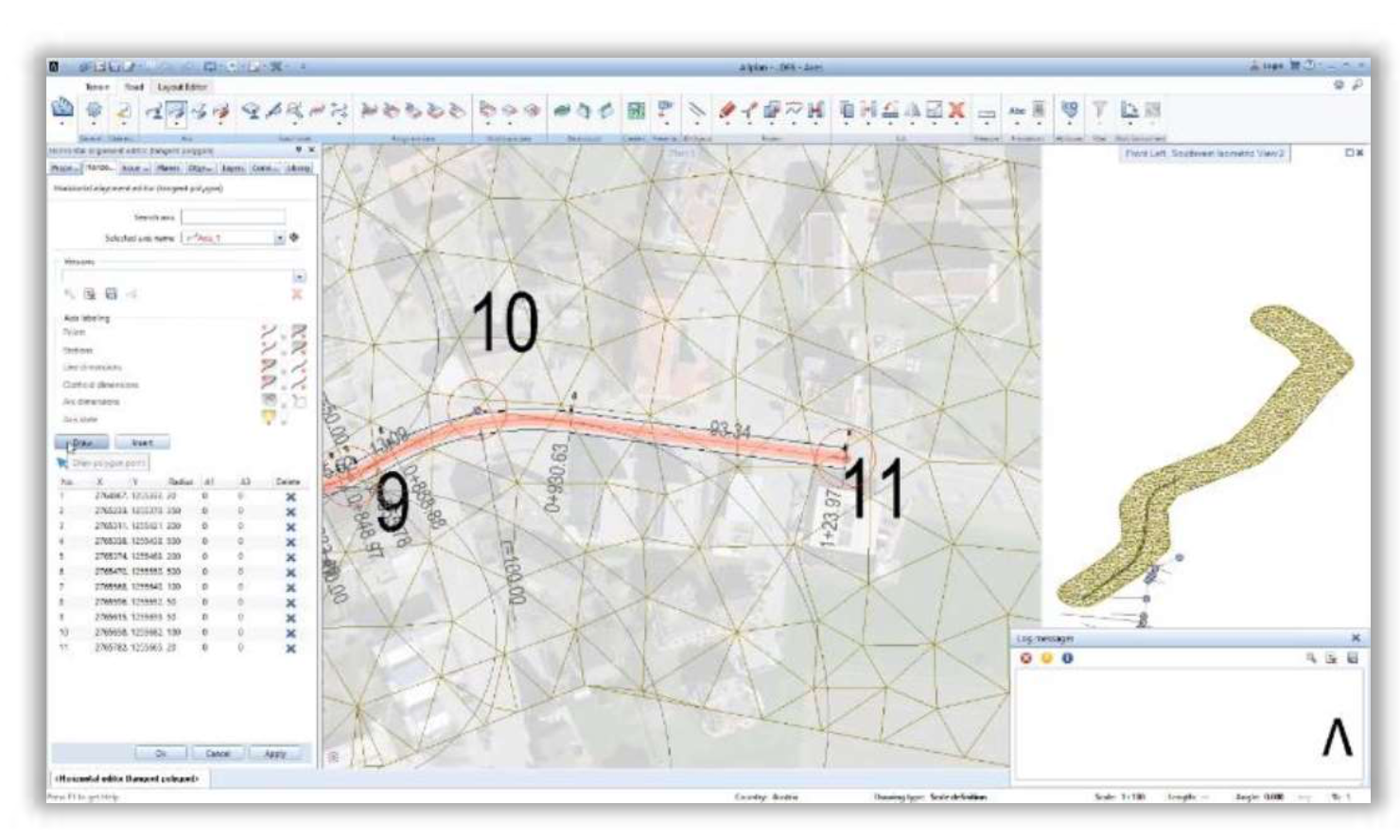
Road Axis Design
The horizontal and vertical axis geometry define the spine of the road structure. Due to the fully parametric approach of Allplan Road, it is possible to modify the alignments at any time, changes are processed in real time. The model is always up to date. With the parametric approach we can ensure the highest flexibility to all kind of structural changes during the modeling process. An axis can easily be created or imported from an external source. For axes to be imported, Allplan Road supports the data formats LandXML, TopoRail and JSON. In addition, axes can be taken over and created from composite elements and 3D polylines. This grants a high level of flexibility and detailing possibilities for the structural road design. Of course, the alignment can also be created manually. By simply defining tangent polygon points and its rounding elements, an axis can be assembled in horizontal and vertical direction. When the design is finished, the road axis can be exported as LandXML or directly to Bimplus, to make it easily accessible in a BIM environment.
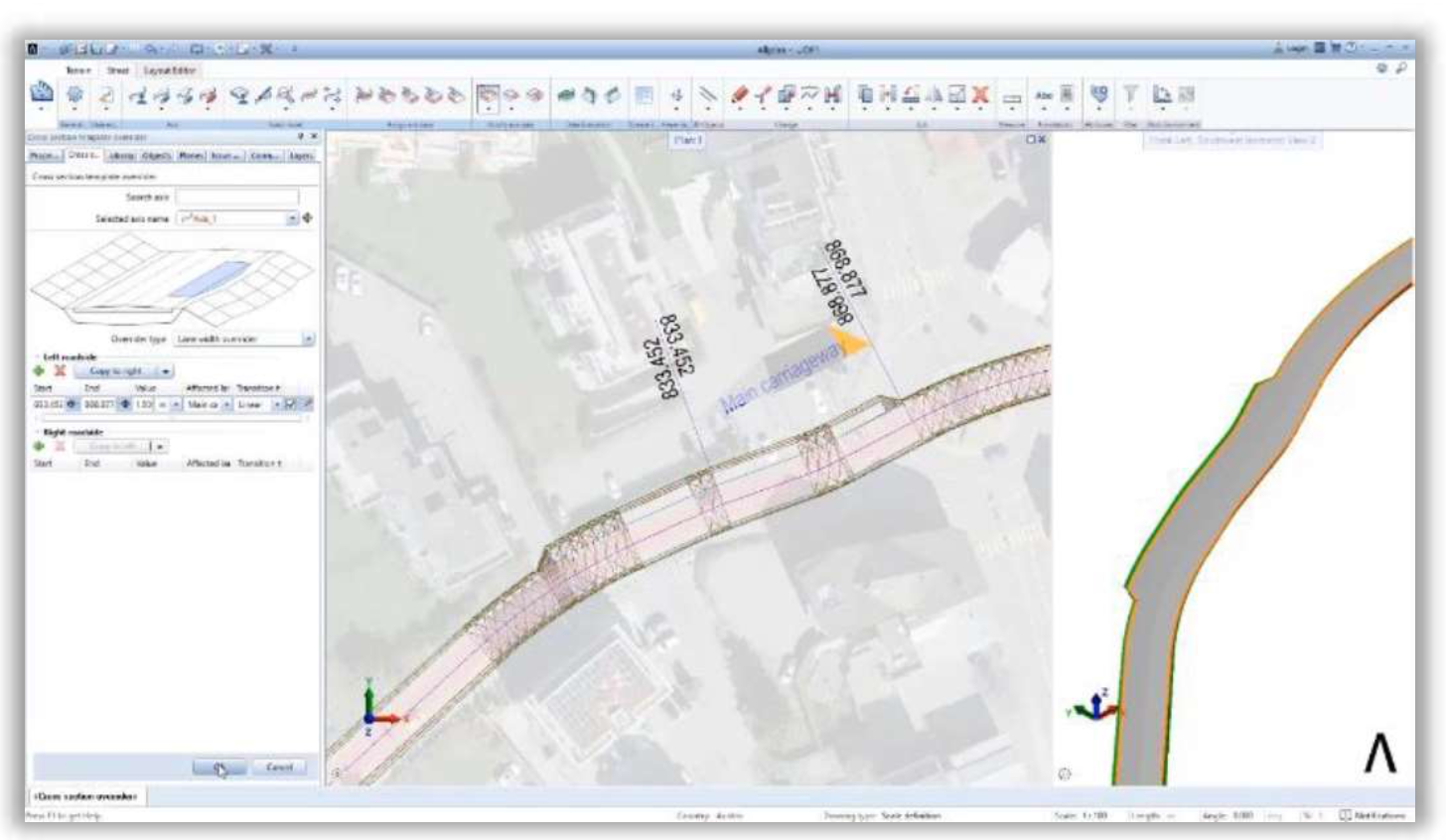
Road Cross-section Design
For the modeling of the road structure, we support a template-based design approach: Templates are defined for the cross-section, the substructure, the embankment, and the area requirements. They are assigned to the axis by defining corresponding start and end points and can be combined in any order. Transitions of consecutive templates are calculated automatically. All parameters and positions along the axis can be adjusted at any time. Every change is immediately reflected in the model. Once the structure has been created with templates, the road body can be detailed: Parameters like lane width, vertical offsets and inclinations can easily be adjusted. Furthermore, it is possible to use auxiliary axes to limit the structure. By assigning a horizontal or vertical limit to a certain point of the cross section, all surrounding elements are updated immediately. Allplan Road offers tools to check the geometry of the created road structure. Both automatic and individual model checks are supported. This allows geometrically incorrect entries to be quickly identified and corrected. To display the results of the modeling, the required plans can be created automatically from the finished road model. This allows site, longitudinal and crosssection plans to be easily filled with the required information and can be saved as favorites to your office standard.
CONSTRUCTION
BIM has been introduced to the AEC industry many years ago and is now at least widely known amongst all involved parties. One area where BIM is not commonly used is the Construction sector (the „C” in AEC). The possible benefits for contractors to handle their site and schedule planning with a data driven decision making approach based on a building model are immense. Validating the constructability of a design, creating precise cost estimates with a higher certainty, investigate possibilities of prefabrication and improving scheduling and sequencing are just some of the benefits. Allplan has supported the construction phase already in rudimentary ways in some countries but is taking a step towards the global implementation of a construction solution. With the Allplan 2022 release in October 2021, some already available tools are communicated to create interest with clients and prospects. In future releases, this will be available in a more advanced form.
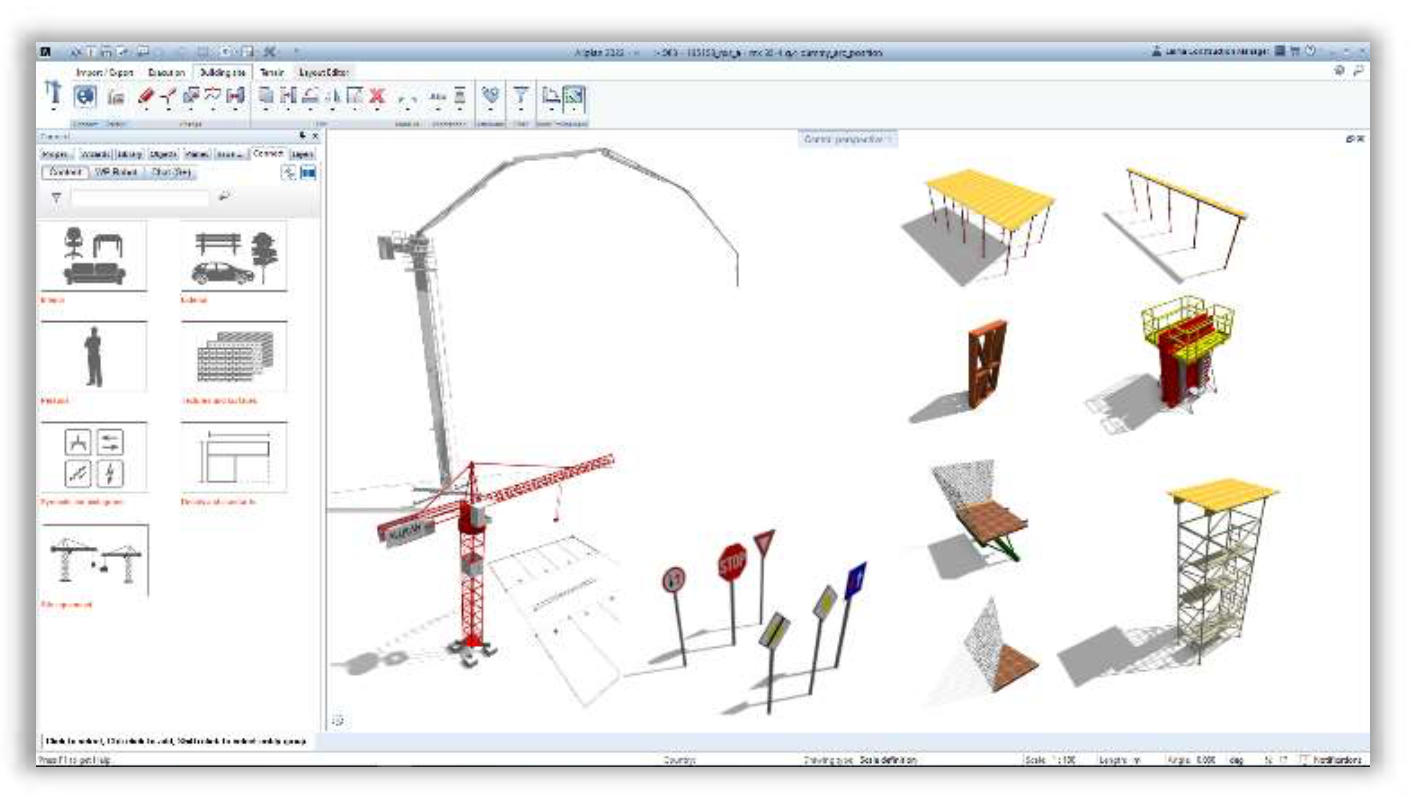
Available content for site planning
As an initial offering, some content for site planning is available through the Connect Palette in Allplan. This is linked through the button in the Construction Role, Task Area Building Site.
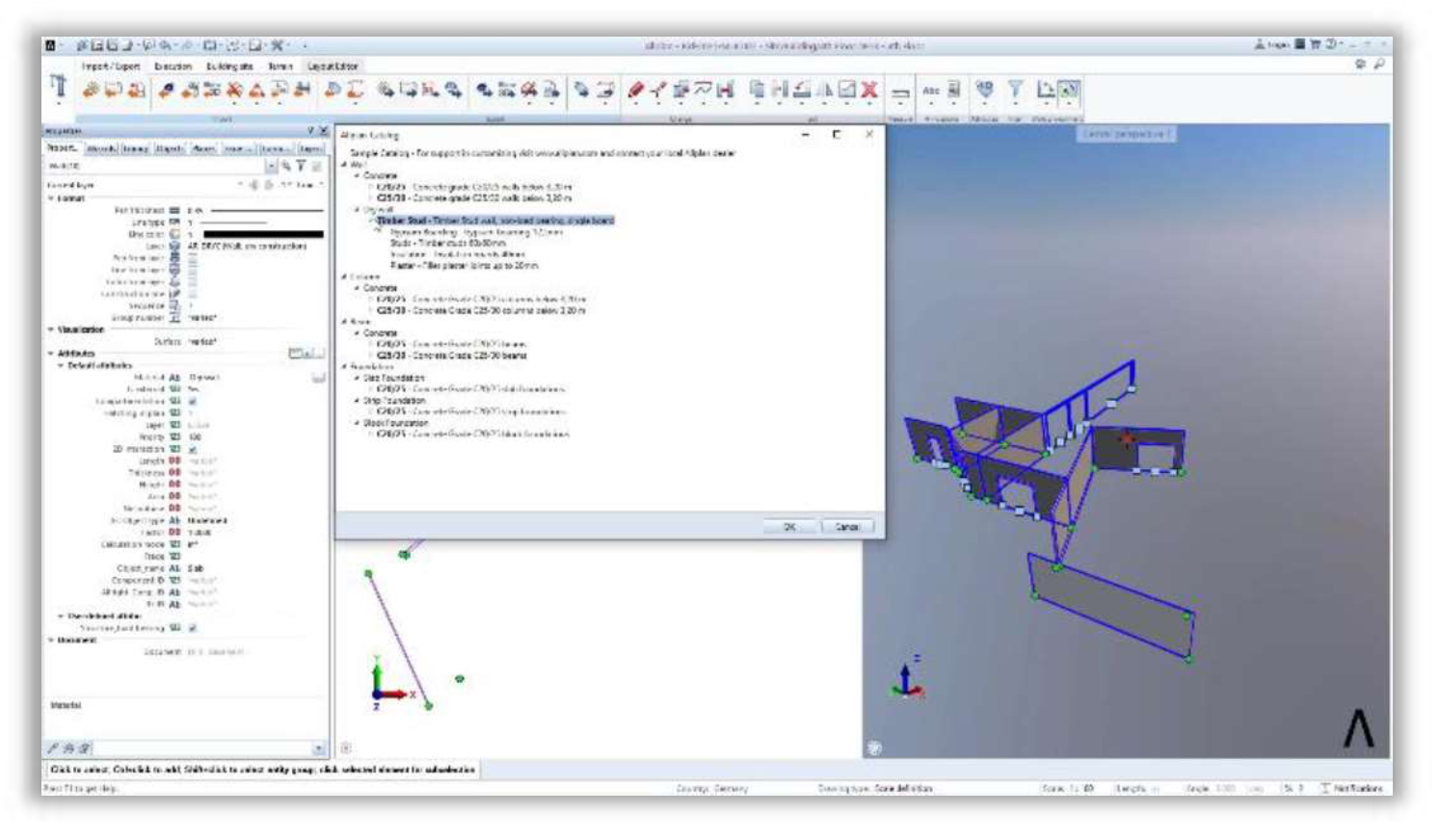
Prepare models for tender
Contractors need to submit many bids to get some tenders awarded. Each of those bids needs to be accurate, based on available planning data and created as quick as possible, to minimize overhead. Utilizing existing BIM models is the fastest and most accurate way to create a reliable offer based on the quantity take off from the model. If this is supplemented with a possibility to also calculate non-model elements, another layer of certainty gets added for contractors during the bid phase. Allplan offers this possibility through a customizable catalog to include non-model elements, such as formwork, and add more information to less detailed elements (example dry wall created as a block vs. created with studs, boarding, plaster etc.).

Adding the 4th dimension to BIM
Communicating the building sequence and getting everyone on the same page based on a Gantt chart is not easy. It takes considerable amount of time to understand site conditions and detailed plans of the building. Connecting a Gantt chart with the building model supports in visualizing processes to identify critical paths and coordinate activities accordingly. This is one aspect of 4D BIM which can be accomplished by connecting well established software like Microsoft Project with BIM solutions like Bimplus. This video shows how a model can gain the 4th dimension through Bimplus.
ADDITIONAL IMPROVEMENTS
We added this section to summarize all improvements which did not get mentioned in a video, but are rather perfect to communicate within a PPT slide. Therefore, you can find them in the Sales Kit PPT.
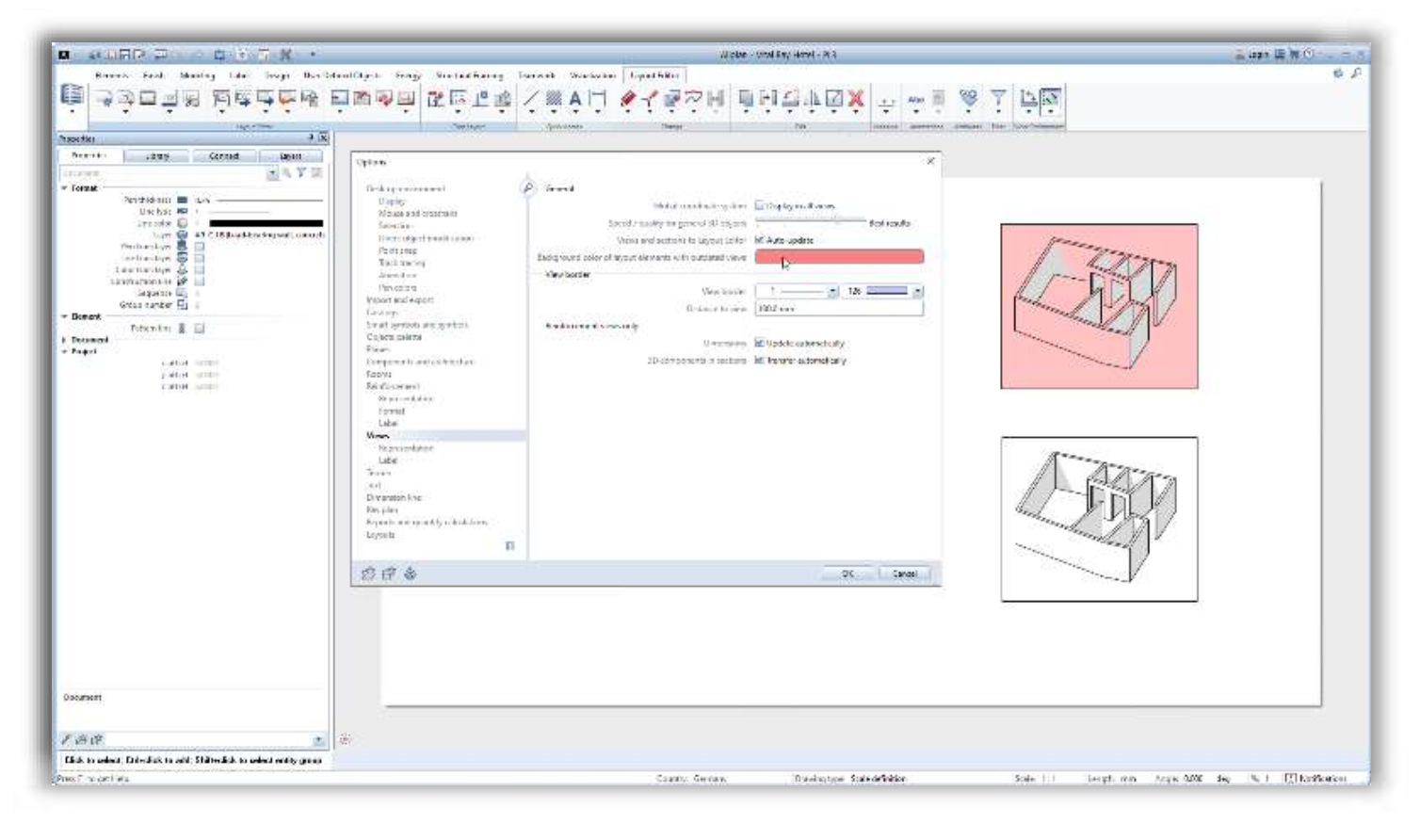
Improved Views & Sections workflows Layout update
In this version we improved the workflow around updating layouts based on user feedback. Users have the option to toggle the automatic update feature for layout elements. If the automatic update is disabled, outdated layout elements are highlighted. This provides the user the possibility to adapt the workflow to their preference and optimizes the performance updates we released with Allplan 2021.
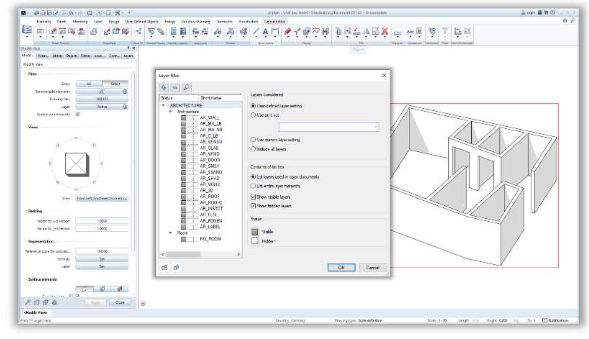
Improved Views & Sections workflows Layer settings
With Allplan 2022 we provide independent layer settings for each view or section. This grants the user more control over the layer visibility in the model and layout space at the same time.
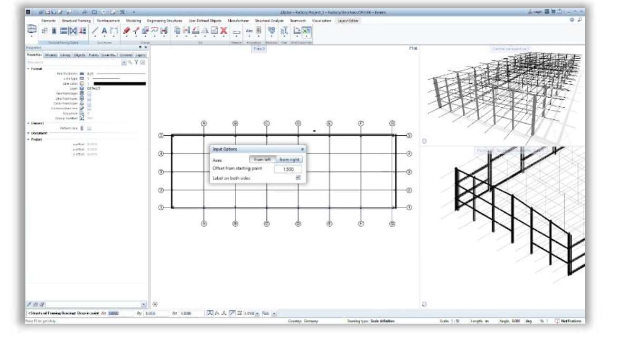
Improved Views & Sections workflows Grid
Based on user feedback, improvements for the grid have been integrated. Users are now able to create a new grid line before the first line, show the grid in horizontal sections and define labels on both sides with an offset in any view or section.
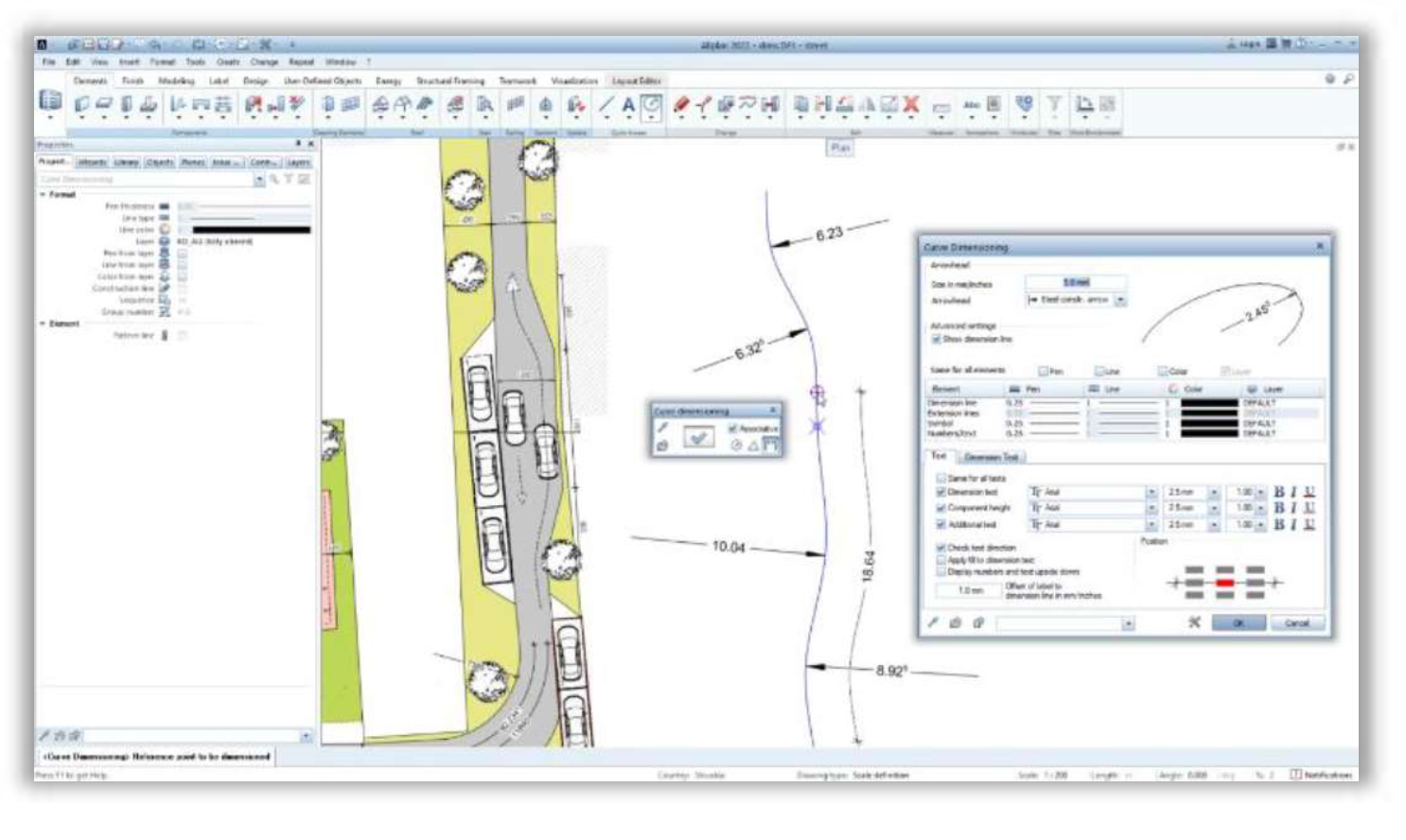
Dimension improvements including curve dimensions
With Allplan 2022 we unified curve and angle dimensioning. They now include the same associativity, modification tools and user interface as regular dimension lines. Based on user feedback we integrated the possibility to rotate elevation dimensions and add additional texts.
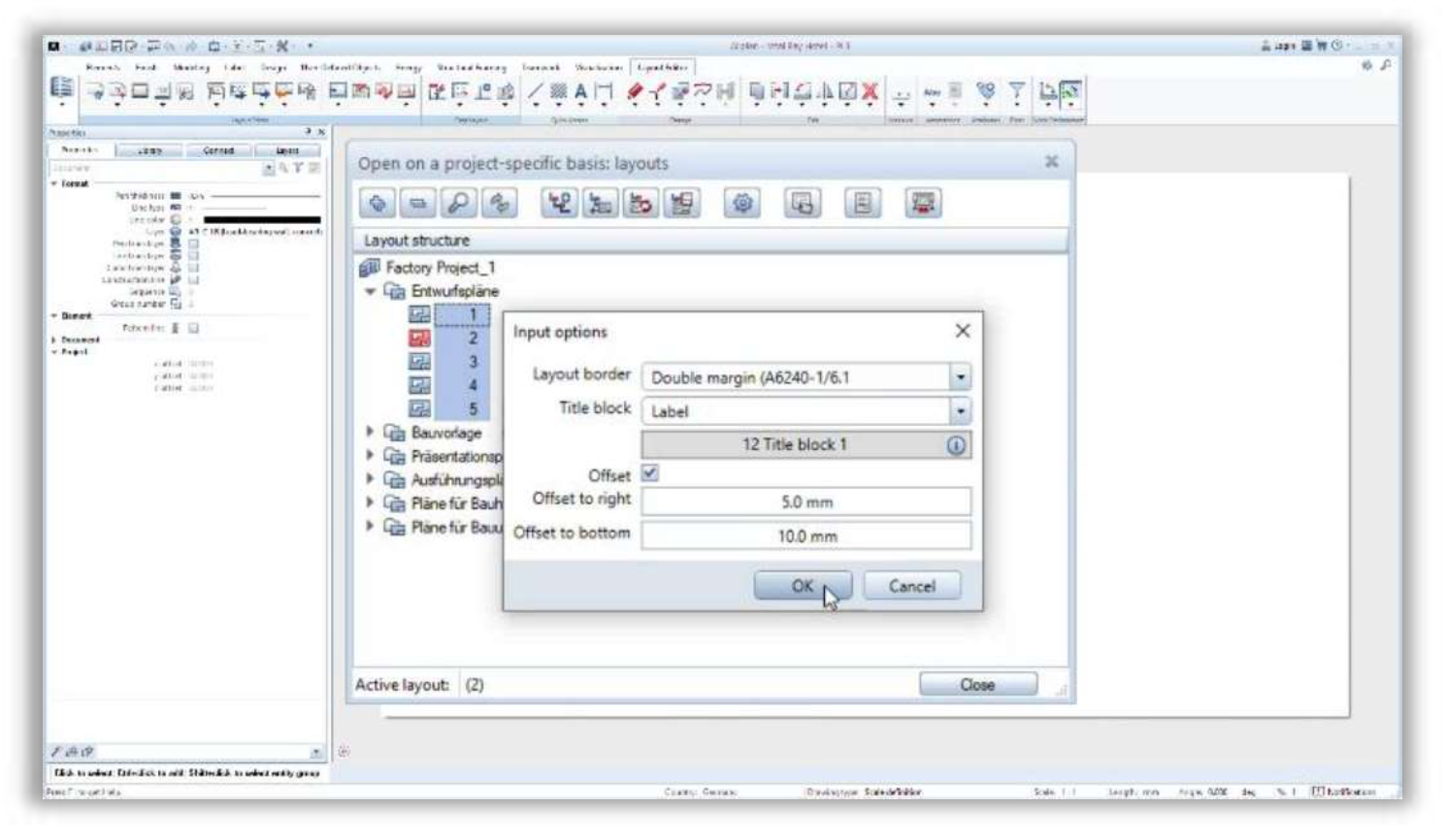
Layout – Set the title block for multiple layouts
To further speed up the layout creation process, users can now set the title block for multiple layouts at the same time.
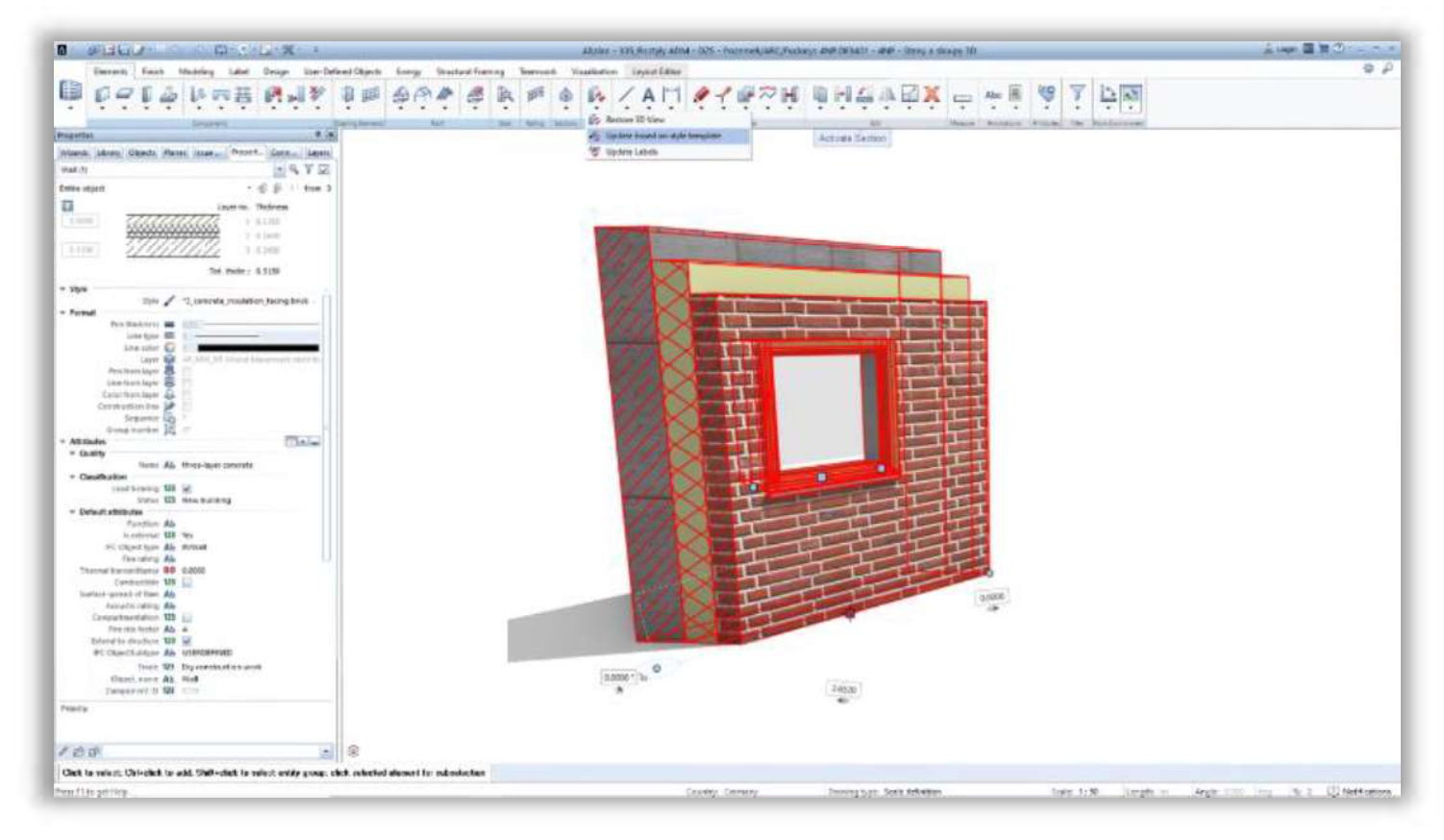
Wall Style – Improved workflow
Wall styles were introduced with Allplan 2021. We now provide the possibility to update all walls connected to a wall style. This enables users to apply changes to all walls connected to a specific style in a single
.

Allplan Setup
The new MSI Setup of Allplan improves the usability and installation workflow while providing a better packaging, and scalability for large networks. To offer administrators a greater flexibility, we added the possibility to setup and change the workgroup manager configuration through the Allplan Diagnostics tool.

Auto-Backups, Project Import & Allplan Share performance
With Allplan 2022 we integrated a possibility to create automatic backups of the drawing files and layouts for any type of project (stand-alone, workgroup, Allplan Share). Furthermore, we extended the project backup import possibilities. For Allplan Share, the data checking routines were enhanced to improve the overall performance.

Reinforcement – Design to Build
Allplan offers many extensive tools and workflows, so that you can create reinforcement detailing drawings, even for most complex structures. The drawings created must then of course also be feasible on the construction site, regardless of how complex the individual reinforcement forms are. With Allplan 2022 it is possible to label angular dimensions between individual circle segments. Couplers and threads can be transferred directly to the bending machines. This ensures that the specifications in the drawings are implemented exactly and queries from the construction site are reduced to a minimum.
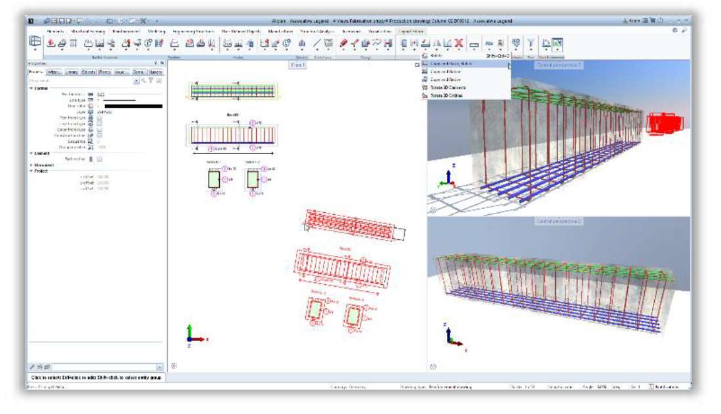
Reinforcement – Efficient reuse of reinforcement
Buildings and structures often have very similar floors, sections or components. We improved the edit tools for working with reinforcement and views and sections. Now it is possible to reuse already finished reinforcement detailing drawings. The model as well as all selected views and sections retain their position relative to one another.
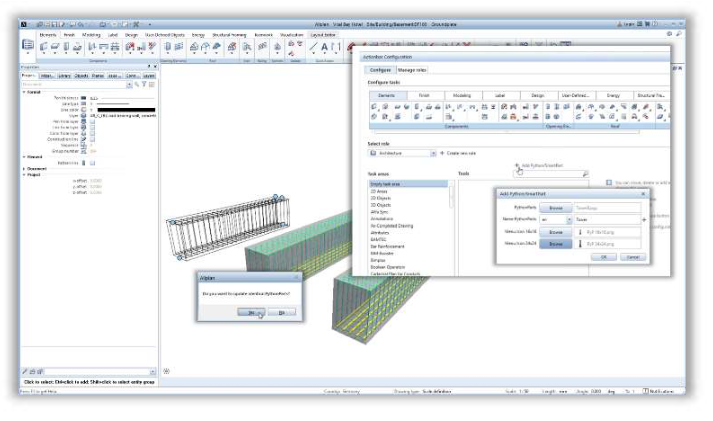
Python Parts – Improvements
The Python programming interface is being continuously expanded. We implemented two new possibilities that were requested by our customers. It is now possible to update identical PythonParts in one step. Furthermore, users can add PythonParts to the Actionbar.

Associative Legends
With Allplan 2022 we improved the previously introduced drawing file filter. We enabled associative legends to be completely independent of the loading status of the drawing files. Regardless of whether a drawing file is closed, open in read only mode, or open in edit mode, the content of the legend does not change.

